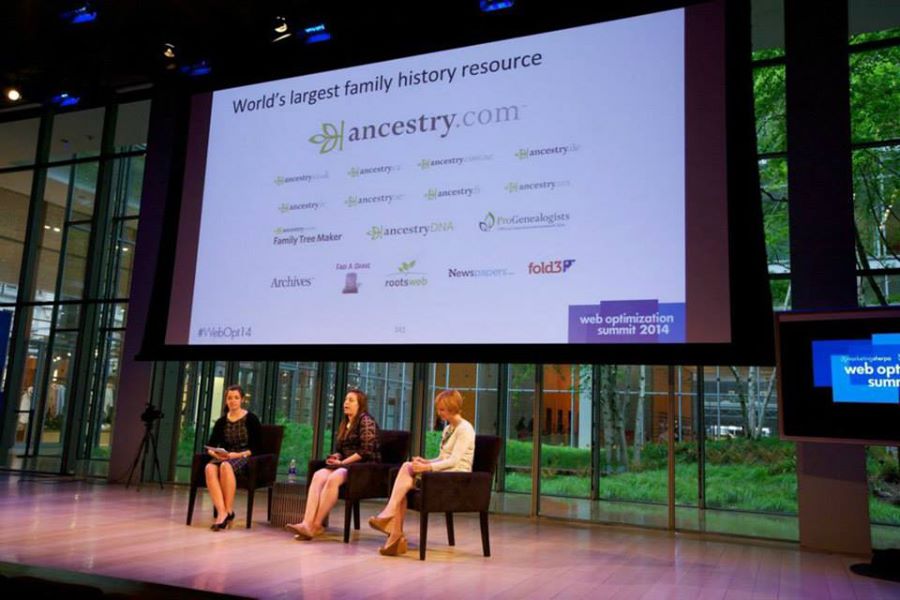How Ancestry.com Personalized Its Offer Page to Specific Customer Segments
Every marketer wants to help their customers discover something. Even if your product or service is not as personal as family history, that doesn’t mean that your marketing can’t be personalized.
In the case of Ancestry.com, the team uses information from users’ family trees to search its vast collection of historical content and records. While making a family tree is free, users must sign up and become a subscriber through an offer page to access any of the content.
“Our mission at Ancestry is to help everyone discover, preserve and share their family history,” Emily Titcomb, Senior Manager of Product Marketing, Ancestry.com, said.
The offer page can be accessed through a variety of paths on the Ancestry.com site. However, despite Ancestry having 2.7 million paid subscribers around the world searching 13 billion pieces of digitized content, the offer was the same for everyone.
Watch the full session replay on MarketingSherpa.com: Inbound Marketing: How Ancestry.com increased conversion by 20% with reduced choice barriers and targeted content
Step #1. Start optimizing current page
The team realized they were not serving customers in the best, most relevant way with a singular offer page. To remedy this, they implemented self-selectors, allowing people to make a conscious choice to either start the free trial or subscribe.
“So they’re doing an action to say they want to go to that offer page. Interrupted browsers really aren’t doing that. They’re actually just trying to look at the content and access it, and we’re just hitting them with this offer page because they don’t have access,” Emily said.
In order to begin optimizing, the team looked at:
- Reduce choice
- Creative design
- Duration defaults
Step #2. Create a template
In creating a template, the goal was to design a consistent look and feel for customers that was easy to customize. The team also wanted to make the experience responsive across all devices.
“At the same time, because we had started looking at different customer segments, we thought we would benefit from moving to a template format so we could have one consistent layout that performed well and then funnel different content messaging, imagery into that template in order to improve conversion that way,” Julia Babiarz, Senior Interactive Art Director, Ancestry.com, said.
The team designed the new template with responsive design in mind, she added, while also making testing both mobile and desktop a lot more sustainable through the easier template format.
Step #3. Customize and optimize
Ancestry.com uses customer segments that they have begun reaching out to with contextual content by mapping out the user journey and utilizing internal data. The segments consist of:
- Self-selectors
- Interrupted browsers
- Past free trailers
- Upgraders
In this customization phase, they wanted to implement different messaging and different content for different people. By giving groups of visitors specific journey details, the team was better able to understand the needs of the customer.
“Our goal is to really get to a place where we can actually break [customer segments] out into shades of color based on all of this other user data we have,” Emily said.
By mapping out primary user journeys and conversion rates, teams can identify top opportunities and create a personalized and optimizing testing strategy, she added.
You might also like
MarketingSherpa Summit 2016 — At the Bellagio in Las Vegas, February 22-24, 2016
Inbound Marketing: How Ancestry.com increased conversion by 20% with reduced choice barriers and targeted content [Ancestry.com session replay]
Ecommerce Research Chart: How can companies increase conversion rates? [MarketingSherpa Chart of the Week]
Web Optimization: Ancestry.com improves conversion 20% by reducing choice barriers [MarketingSherpa case study]
Categories: Marketing B2C, personalization, testing, web page optimization










